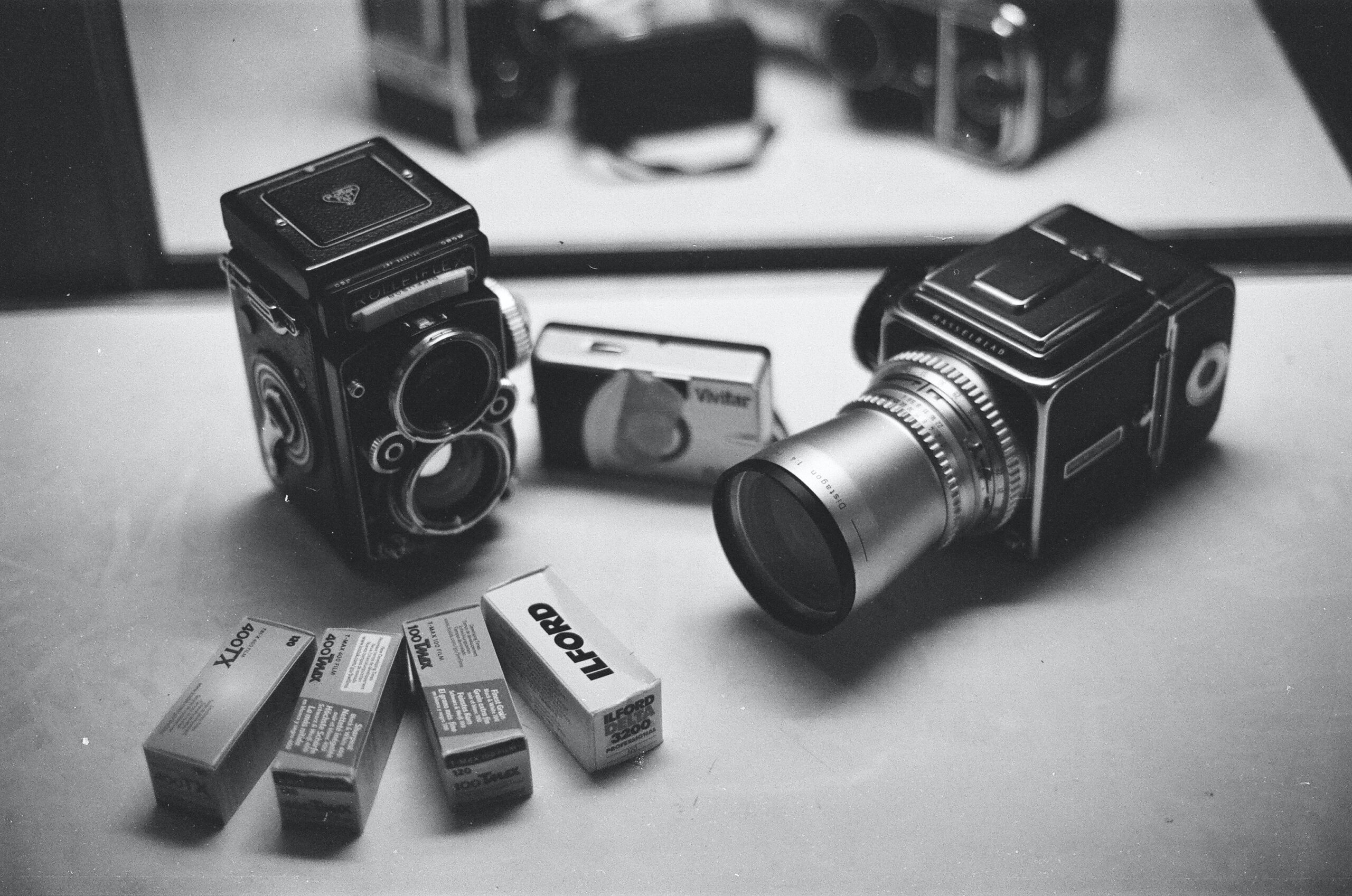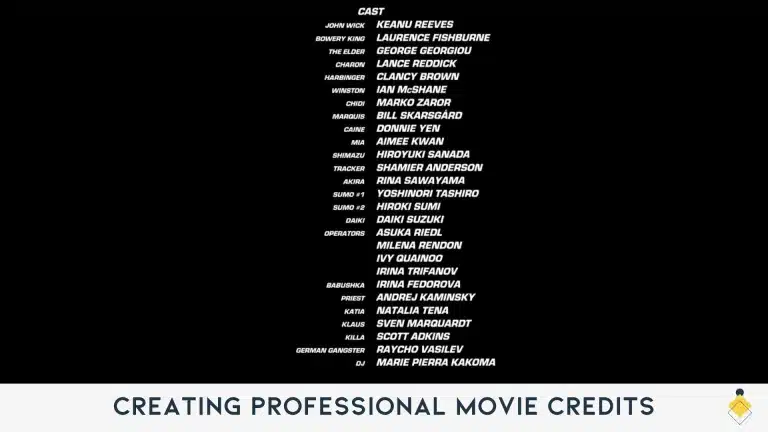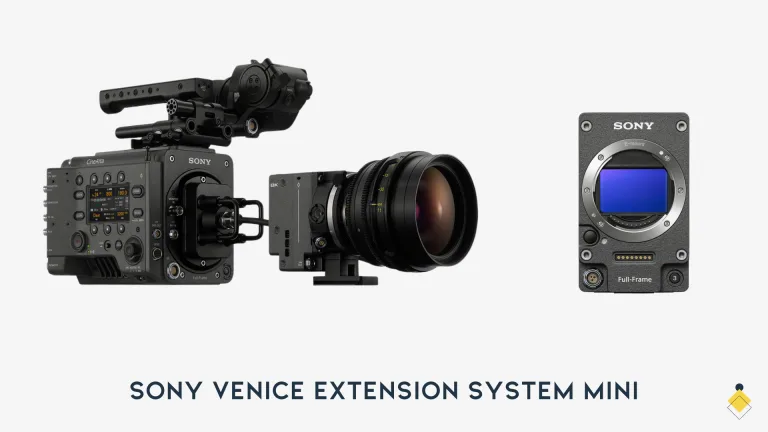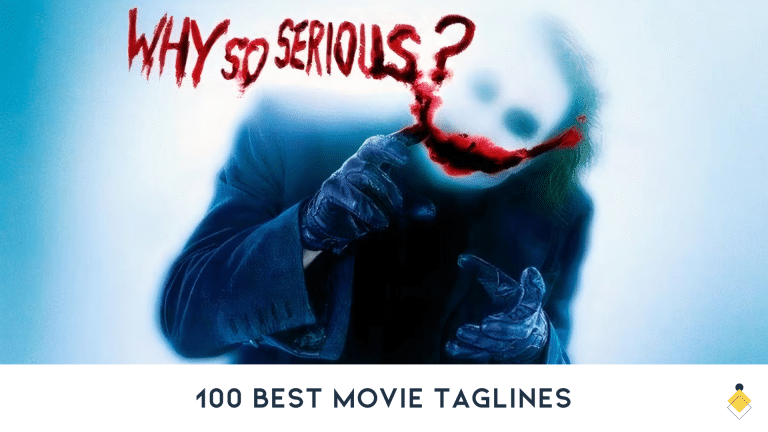When I first started diving deeper into photography, one of the biggest questions I had was whether medium format or full frame was the better fit for me. It’s easy to get overwhelmed by specs and opinions online, but after spending time with both formats, I’ve come to understand what really sets them apart.
In this post, I’ll break down the key differences between medium format and full frame cameras based on real-world experience. We’ll look at image quality, handling, price, and who each system is best suited for—along with the pros and cons I’ve personally noticed while shooting with both.
By the end, you should have a much clearer idea of which one makes the most sense for your photography style and goals.
Let’s get into it.
What is a Medium Format Camera
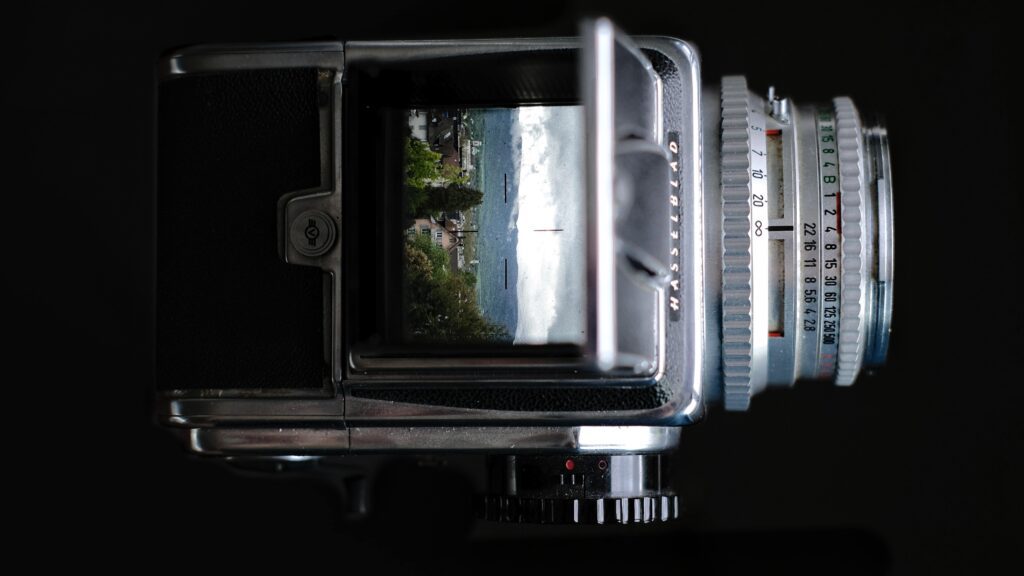
Medium format cameras are camera systems that use medium-format film or digital sensors.
The size of the medium-format sensor is larger than a traditional 35mm film frame, which means that they can capture more detail and produce higher quality images than a full frame camera.
Medium format cameras typically have interchangeable lenses, allowing you to choose the lens that is right for your shooting situation.
The main downside of medium format cameras is their price tag. They tend to be more expensive than full frame cameras, so they may not be the best option for beginner photographers.
What is a Full Frame Camera
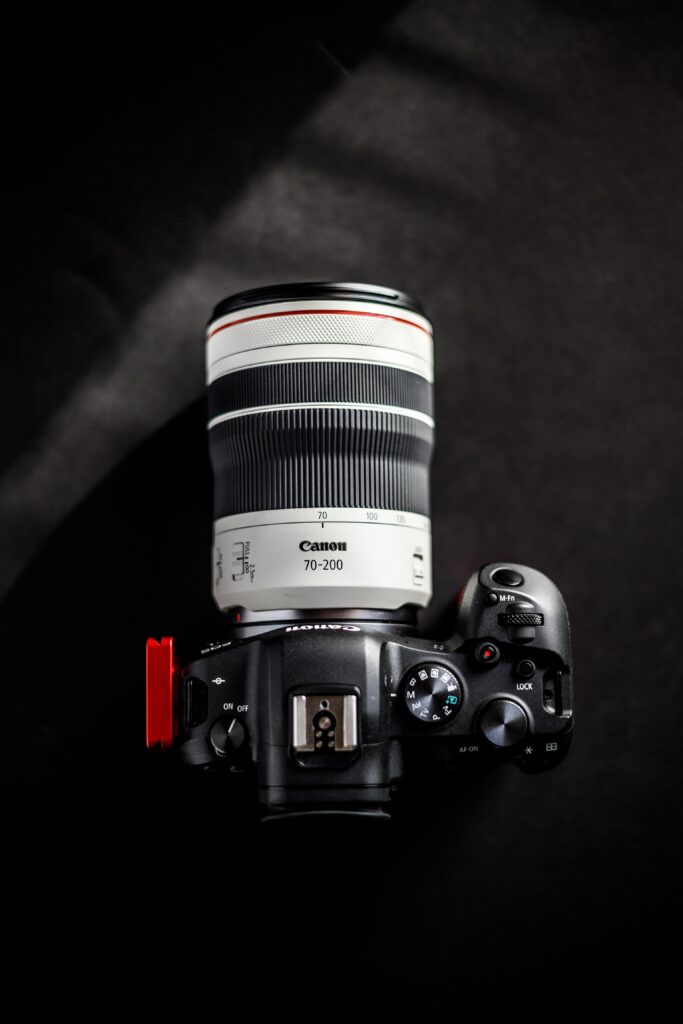
Full frame cameras are digital SLR cameras that have a sensor that is the same size as a 35mm film frame. This means that the sensor captures more detail and produces higher quality images than a camera with a smaller sensor.
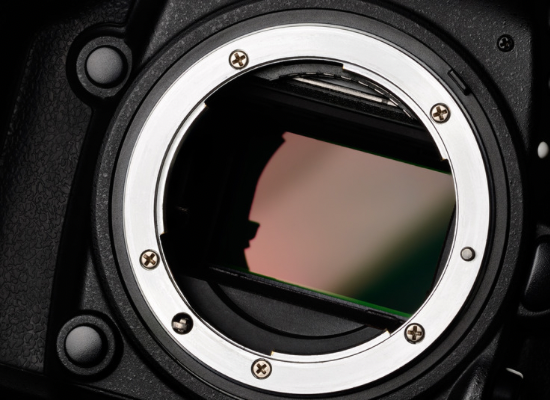
Full frame cameras typically have fewer features than medium format or mirrorless cameras, but they are much less expensive. This makes them a good option for beginner photographers who are looking to invest in their first camera system.
The main downside of full frame cameras is that they are not as portable as other types of cameras. They also tend to be heavier, which can make them difficult to carry around all day.
Main Differences Between These Two Types Of Cameras
Medium Format Cameras
- Medium Format Cameras have a sensor size that is twice the size of a full frame camera sensor. This means that medium format cameras can capture more image detail and produce higher quality images.
- Typically they have a slower burst mode than full frame cameras, but this varies depending on the specific camera model.
- Generally they have better color reproduction than full frame cameras, due to the larger sensor size.
- This cameras have more advanced post processing capabilities than full frame cameras, again due to the larger sensor size.
Full Frame Cameras
- Full Frame Cameras have a sensor size that is the same size as a 35mm film negative. This means that full frame cameras can capture a wide variety of images with different types of lenses.
- Typically they have a faster burst mode than medium format cameras, but this varies depending on the specific camera model.

- Full Frame Cameras often have more advanced autofocus systems than medium format cameras.
- This cameras have more limited post processing capabilities than medium format cameras, due to the smaller sensor size.
In conclusion, medium format cameras are better suited for professional photographers who require high image quality and advanced post processing capabilities.
Full frame cameras are better suited for hobbyists or amateur photographers who want a versatile camera that can be used with a variety of lenses.
Pros and Cons of Medium Format Cameras
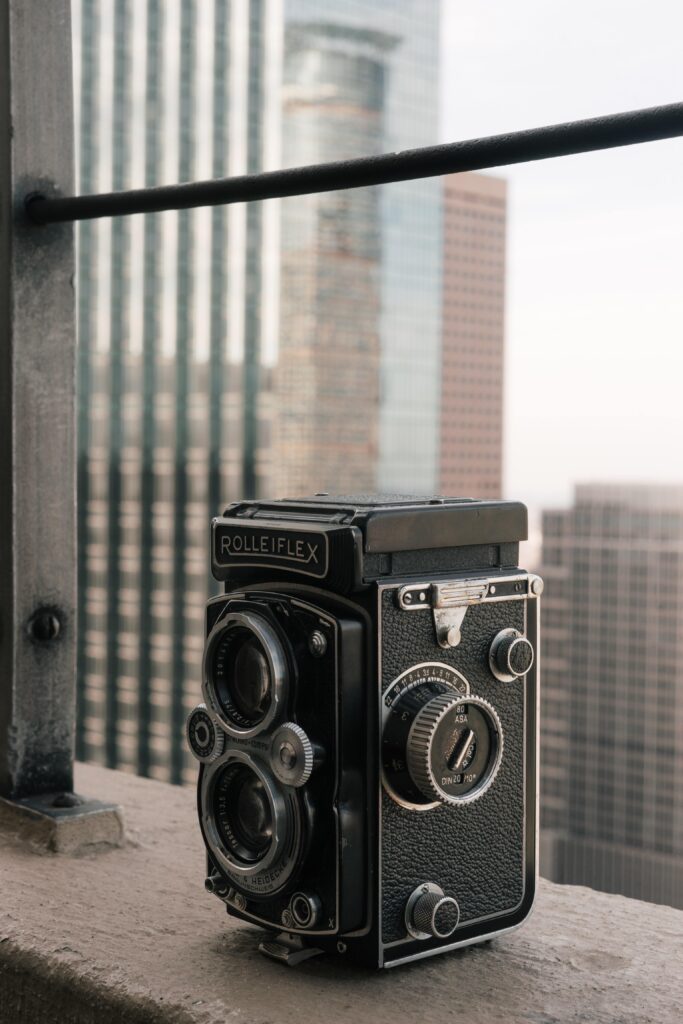
These are the most important pros and cons to know when it comes to a medium format camera.
Pros
- Can capture more image detail and produce higher quality images
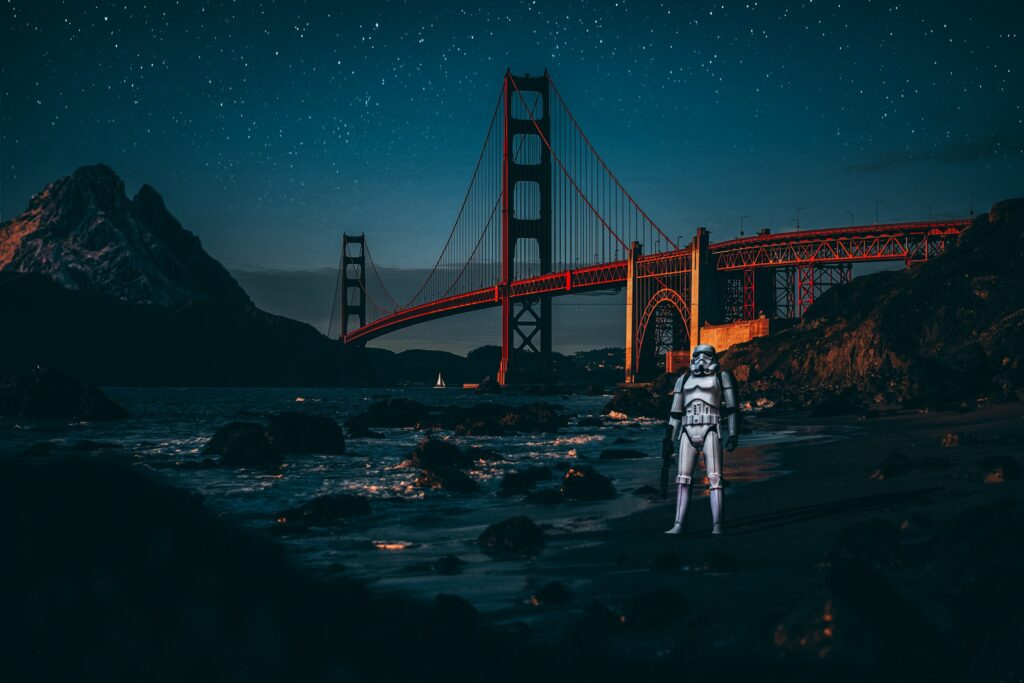
- Generally have better color reproduction than full frame cameras
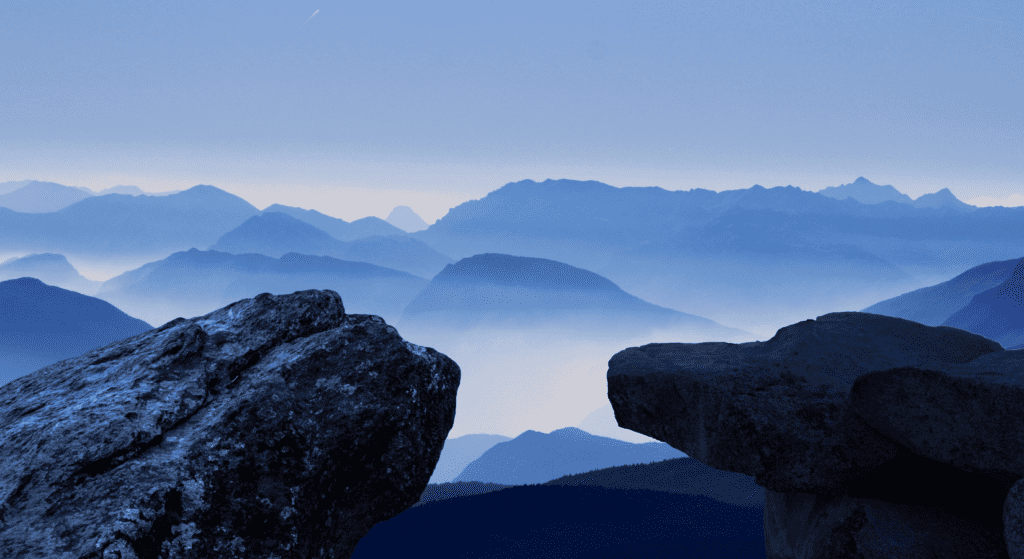
- More advanced post processing capabilities

- Typically have a slower burst mode than full frame cameras
Cons
- More expensive than full frame cameras
- Not as portable as other types of cameras
- Heavier than other types of cameras
Pros and Cons of Full Frame Cameras
These are the pros and cons you need to know when it comes to a Full Frame Camera.
Pros
- More versatile than medium format cameras, can be used with a variety of lenses
- Faster burst mode than medium format cameras
- Often have more advanced autofocus systems than medium format cameras
Cons
- Limited post processing capabilities due to smaller sensor size.
Medium Format vs Full Frame: Dynamic Range
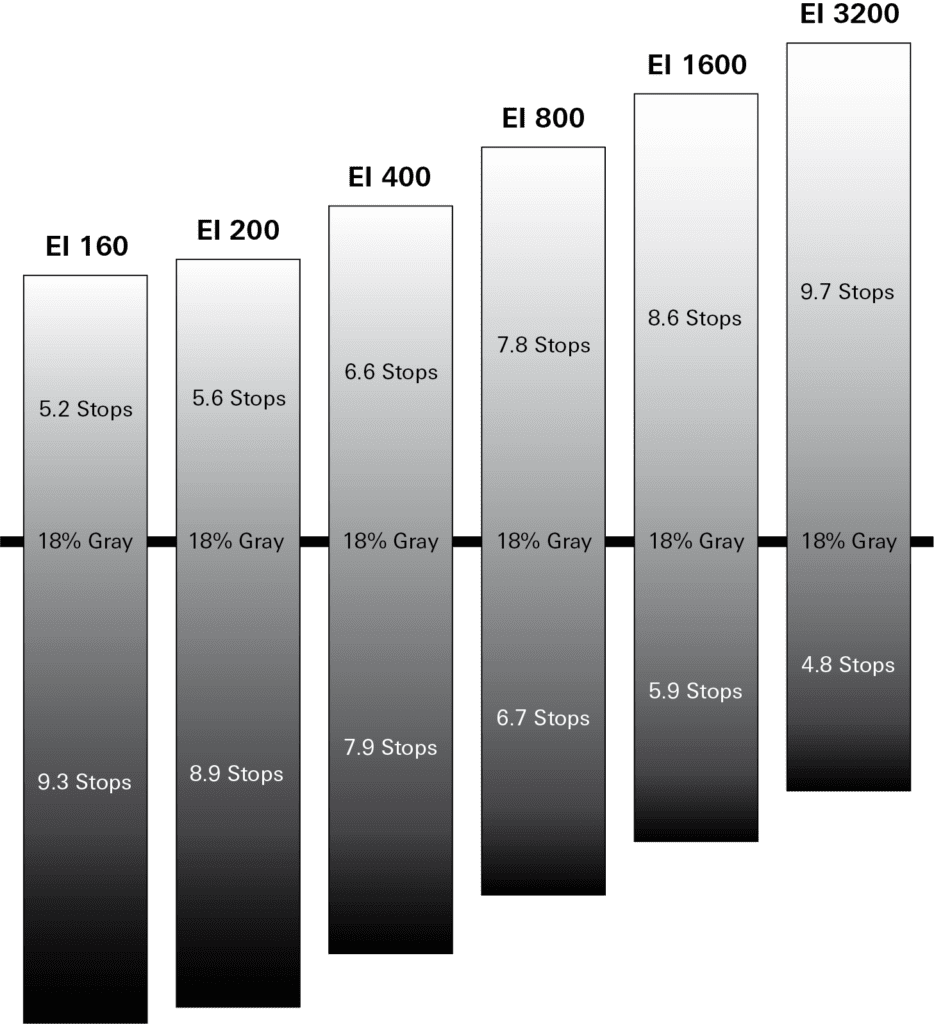
A Medium Format digital camera have a much better dynamic range than full frame cameras. This means that they can capture more detail in the highlights and shadows, and produce more accurate colors.
Medium format digital cameras also have a higher resolution, which means that they can capture more detail in a scene.
However, a medium format digital camera is more expensive than full frame cameras, and they require special lenses that are not compatible with full frame cameras.
Full frame cameras have a wider field of view than medium format cameras, and they are better suited for low-light photography. Full frame cameras also have a faster autofocus system, and they can shoot at higher ISO values without producing too much noise. However, full frame cameras are not as good as medium format cameras when it comes to dynamic range and resolution.
How to choose the right camera for your needs
When choosing what camera suits your needs more, you need to take into consideration what you will mostly be using the camera for.
If you are looking for a camera that can capture high quality images and have more advanced post processing capabilities, then medium format is the way to go.
However, if you are looking for a versatile camera that can be used with a variety of lenses, then full frame is the better option.
No matter which type of camera you choose, make sure to do your research and read reviews from other photographers before investing in one. This will help ensure that you make the best decision possible for your needs and budget.
Conclusion
So, which type of camera is right for you? If you are looking for a high quality camera system that produces beautiful images, then a medium format camera may be the right choice for you.
However, if you are on a budget or you don’t need all of the features that a medium format camera offers, then a full frame camera is a better option. Thanks for reading!
I hope you have found this article about medium format vs full frame interesting and helpful.
If you have any questions feel free to comment below!
Frequently Asked Questions
What is the best medium format camera?
Medium Format Cameras have been around since the 1950s, and they offer some of the best image quality available.
Some of the most popular medium format cameras on the market today are:
Fujifilm GFX 50S
Hasselblad X1d
Pentax 645Z
The Hasselblad X1d is definitely one of the most popular and reliable medium format models available on the market today.
These cameras are expensive compared to other types of digital cameras, but they offer a wealth of features and capabilities that other cameras cannot match.
If you’re looking for the best medium format camera on the market, then any one of these three options would be a great choice.
What is a Medium Format Camera used for?
Medium Format Cameras are often used by professional photographers for commercial photography, as they offer high image quality and more advanced post processing capabilities than other types of digital cameras.
They are used for projects that require a big size print such as a billboard.
How Does a Medium Format Camera Work?
This type of camera is designed with a larger sensor than full frame cameras. This makes them ideal for landscapes, portraits, and other types of photography where image quality is essential.
The sensors in medium format cameras are often twice the size of those in full frame cameras, which means that they can capture more detail and produce higher-quality images.
Is Medium Format better than Full Frame?
The answer to this question is a little more complicated than a simple yes or no. In fact, it depends on what you’re looking for in a camera and what you plan to use it for.
What is the difference between a full frame camera & crop sensor?
A full frame camera sensor is one that covers the entire 36mm x 24mm size of a traditional photographic film frame.
A crop sensor is one that is smaller, typically 22.x 15mm, and because of this it has a narrower field of view (FOV) than a full frame. This crops the image in from the sides, resulting in a tighter frame.
The benefits of using a crop sensor camera are that the cameras tend to be smaller, lighter and less expensive than their full frame counterparts. They also have the added advantage of being able to use lenses with a narrower field of view, which can be useful for certain types of photography. The downside is that because the sensor is smaller, it captures less light and this can result in lower image quality.
So, which is better? It really depends on what you want to use the camera for. If you’re a professional photographer who needs the very best image quality possible, then a full frame camera is probably the way to go. However, if you’re just starting out or you’re on a budget, then a crop sensor camera may be the better option.

